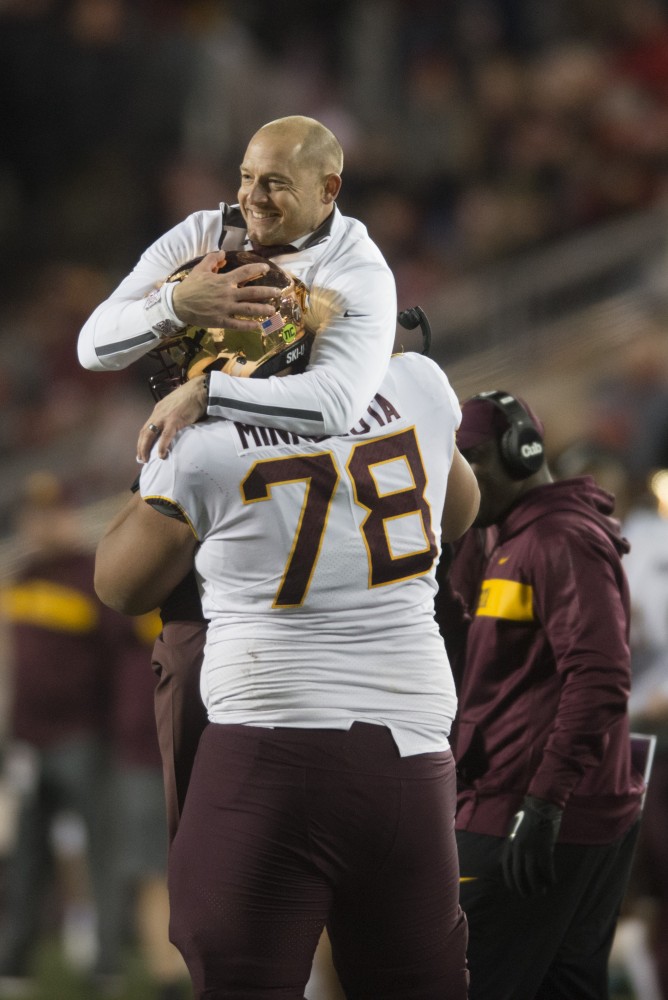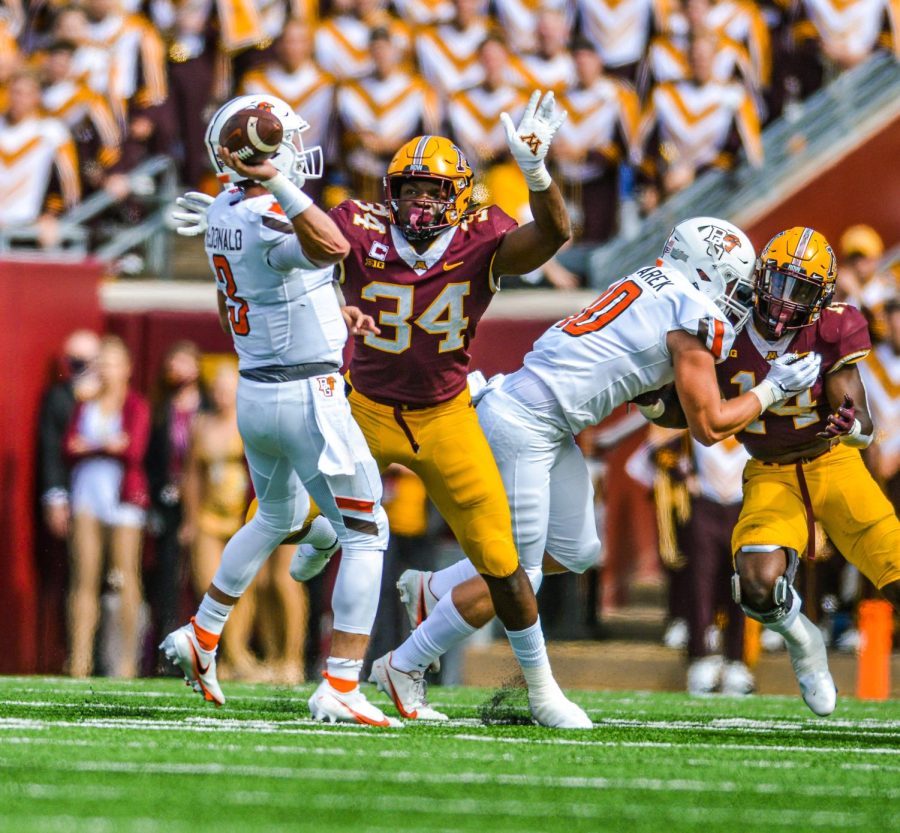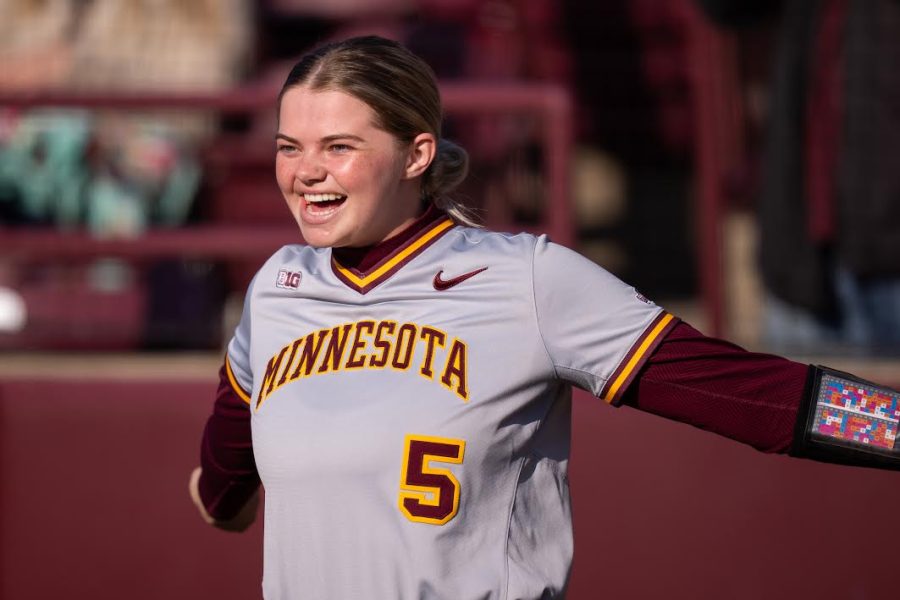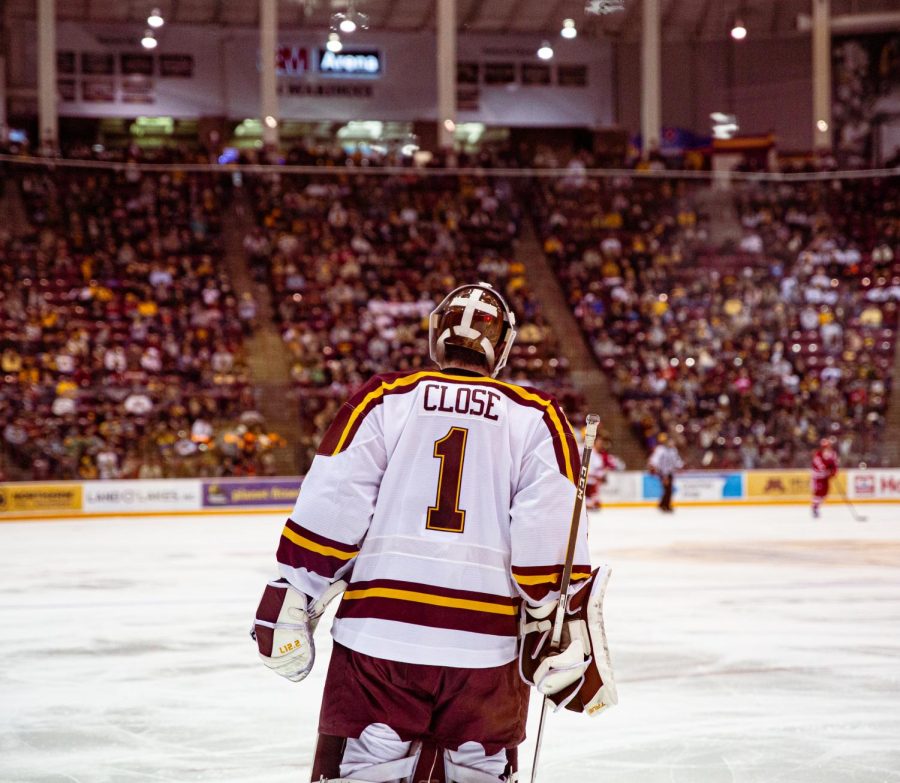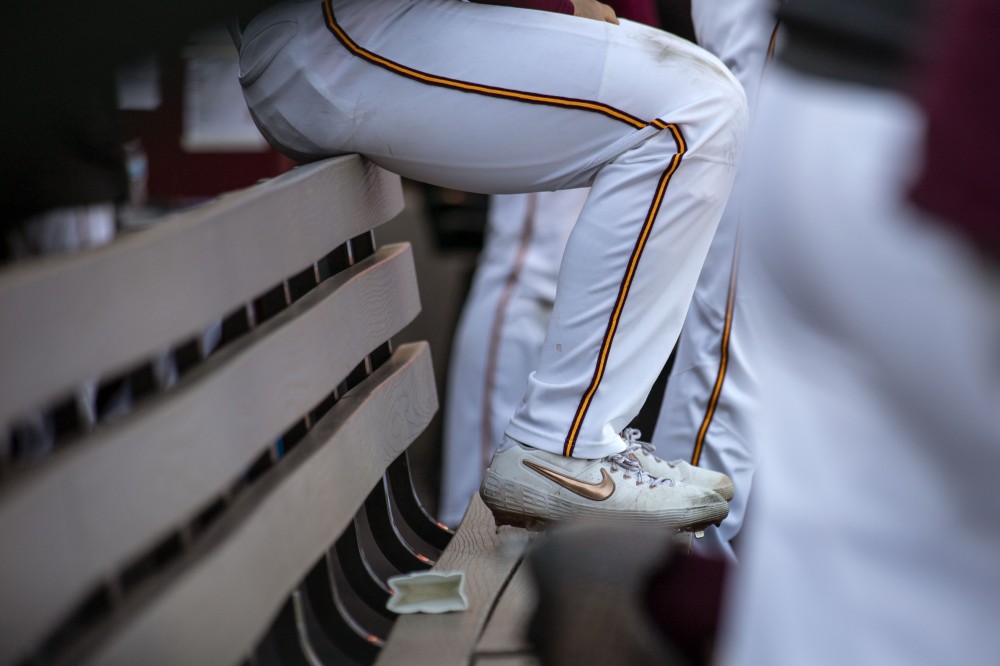After being canceled by COVID-19 in 2020, between 120,000 and 150,000 people came together at Loring Park in Minneapolis on July 17 and 18 to celebrate the 49th annual Twin Cities Pride.
Traditionally, the festival is held during Pride month in June to commemorate the 1969 Stonewall uprising. However, due to evolving COVID-19 safety measures, the planning committee did not have time to prepare for the regular June dates.
This was the first year that the University of Minnesota had a presence at Pride. The University’s main booth, just one of the 290 vendor booths at Pride this year, had various games, a photo station, free giveaways and a visit from Goldy Gopher.
William Larson, a 1983 graduate of the University, regularly volunteers at Pride and recalled the first year he ever attended the event.
“It was amazing to see people openly embracing their sexuality,” Larson said. “Pride has become a bit commercial now, so we need to continue to remember that it is about inclusiveness.”
Throughout Loring Park, there were three stages packed with entertainment. Surrounding the main stage, called the “Stonewall Stage,” was a food court with lemonade, iced coffee, cookie dough, shaved ice and more. In addition, several artists and groups performed at the main stage over the two days.
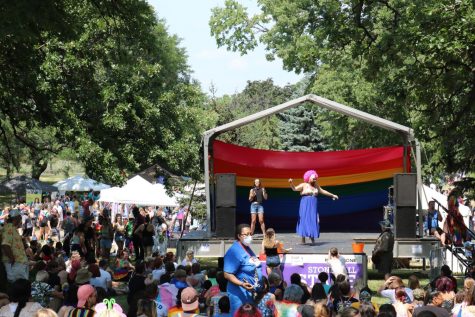
“It is insane to see so many people here,” said Sarah Engedal, a student at the University. “It is exciting because this is the first big event I have been at since the pandemic started and it feels great to be a community again.”
Engedal stopped at the University’s booth with friends Simone Stark and Kayla Nelson, all of whom are fourth-year students studying genetics, cell biology and development. Engedal added that the University has done well at fostering an inclusive environment for LGBTQ students.
“I am here to celebrate myself as a queer person, celebrate the fact that we are able to be out and proud and bonding with the community,” Engedal said. “As a young queer person, my goal is to really remember and hold up the people within the community who have paved the way for us.”
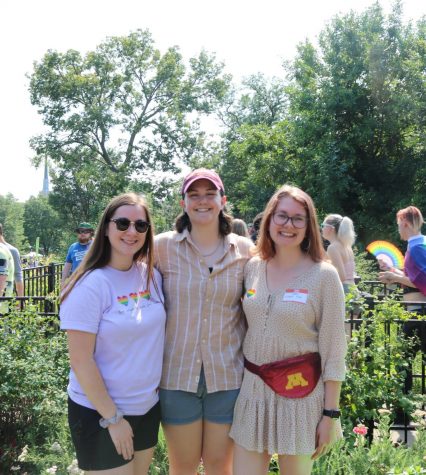
On the north end of Loring Park, near the beer garden and dog park, was the University of Minnesota Physicians (M Physicians) booth. M Physicians is a group practice within the University, and this is also the first year they have been present at Pride.
“We know that the LGBTQ community has unique health disparities that our physicians are expertly trained to address,” said Hannah Michelson, a graduate student at the University and marketing manager at the Medical School. “We also know that they require unique care because they have unique hardships that come with being part of a community that has not always had the best access to care.”
Inclusivity at Pride
There are an estimated nine million to 11 million adults in the United States that identify as LGBTQ.
An estimated three million to five million LGBTQ individuals live with disabilities. Access to affordable, accessible, inclusive health care and community services is more difficult for people with disabilities in the LGBTQ community.
Accommodations for people with disabilities at Pride have continued to improve successively, said David Hancox, a former executive director of the Metropolitan Center for Independent Living and an annual Pride attendee.
Similar to previous years, the Autism Society of Minnesota provided an escape space.
“Our tent is not just here to provide quiet space; it is also air-conditioned, full of fidgets and staff to help support people who just need a break from all the celebrating,” said Jillian Nelson, a community resource and policy advocate for the Autism Society.
In addition to an escape space, medical tent and wheelchair access, Pride provided American Sign Language interpreters with live interpreting of every stage performance.
Changes over the years
What began as a 50-person march in 1972 has expanded to what is normally a more than 400,000 attendee event. Performance stages and corporate sponsors became an integral part of the event in the 1990s as total event attendance surpassed 200,000.
Today, Twin Cities Pride usually consists of a weekend-long festival, parade, headliner event and fireworks, though the Twin Cities Pride canceled the latter three this year due to time constraints.
For three days beginning on Aug. 14, however, Twin Cities Pride will host the first MN People of Color LGBTQ Pride festival. The additional festival aims to recognize many diverse ethnic groups in the Twin Cities LGBTQ communities and allow additional revenue and opportunities for participating organizations.
Following last summer’s protests in response to the murder of George Floyd just over three miles from Loring Park, there is now more visibility at Pride and acknowledgment of the intersection between racial justice and LGBTQ rights, said Lauren Laufman, a third-year astrophysics graduate student at the University.
“I think the more people become aware of the different movements, the more people share between the movements,” Laufman said. “Pride is about embracing who you are overall.”
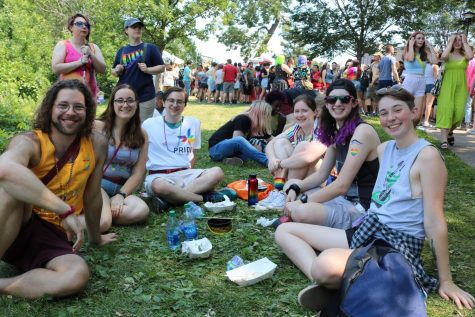
Cary Waubanascum will be completing a Ph.D. in social work at the University in August. Waubanascum is from the Land of the Menominee Nation and is a member of the Oneida Nation of Wisconsin.
“Indigenous people, I feel, are represented at the University, but everyone can always do better,” Waubanascum said. “There is still a lot of indigenous erasure across disciplines, so that is why I am here, to represent.”
Waubanascum is also a mother of two and caretaker of five nephews — one of whom, her son, is transgender and two-spirit.
“I am proud of him. Showing up to Pride means showing my love and support; I feel love here,” Waubanascum said. “I am so happy to see [the University] here. I have had a great time here and am happy I chose to come to school here.”

Nathanael Ashton-Piper contributed to this report.














